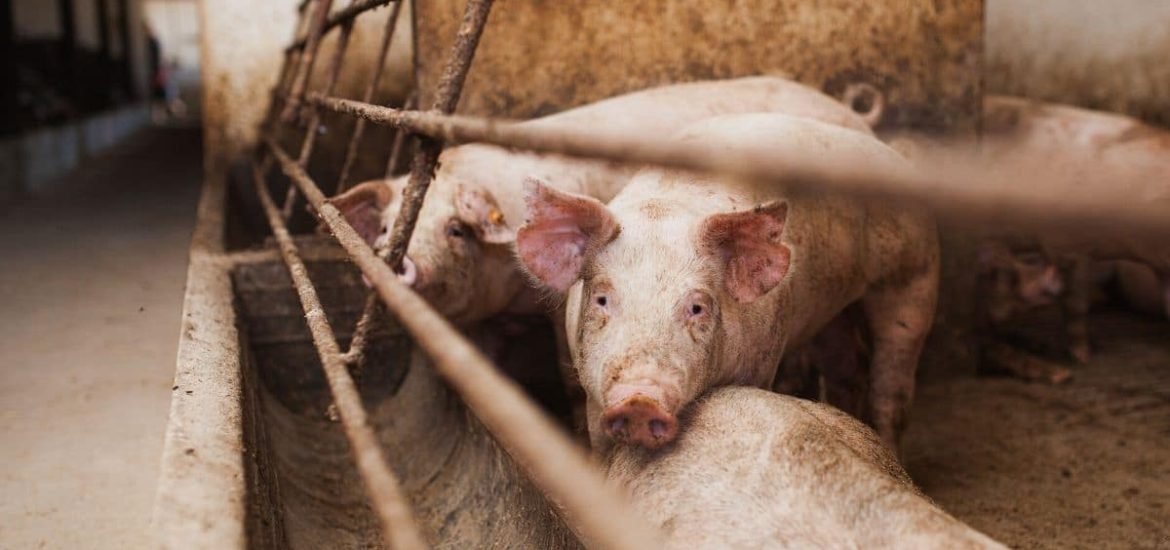
In a new paper published on 29 June in the Proceedings of the National Academy of Sciences, researchers warn that a new strain of swine flu common in pigs on farms in China should be ‘urgently’ controlled to prevent another pandemic (1).
Variations of the swine flu (H1N1) have been circulating in pigs in Europe and Asia for decades, according to the paper, however, the incidence of so-called G4 viruses in farmed pigs in China with respiratory symptoms began rising sharply after 2014.
G4 variants have “all the essential hallmarks of being highly adapted to infect humans”, the authors write. According to the study, a new strain (G4 EA H1N1) circulating since 2016 has already passed from animals to humans.
Scientists from various Chinese universities and China’s Center for Disease Control and Prevention monitored pigs on farms in 10 Chinese provinces between 2011 and 2018. They took 30,000 nasal swabs from pigs in slaughterhouses and isolated 179 swine flu viruses. One virus, in particular, has dominated pig farms since 2016.
The researchers also collected 338 blood samples from workers on 15 pig farms and 230 from people in nearby households and found that one in 10 swine workers have already been infected with G4 EA H1N1. Workers between the ages of 18 and 35 testing positive at a higher rate (20.5 per cent). In addition, they found that 4.4% of the general population appears to have been exposed but without causing disease.
The scientists have not yet found evidence of human to human transmission. However, the authors have expressed concern that human infection with the G4 virus could further human adaptation and increase the risk of a human pandemic.
Through laboratory experiments, the researchers showed that the virus replicates efficiently in human respiratory cells. In ferrets, symptoms of the infection were more serious compared to those of other flu viruses.
At a briefing in Geneva briefing on Tuesday, the World Health Organization (WHO) emphasised the importance of monitoring the new virus. A spokesman for the WHO, Christian Lindmeier, said: “It [the Chinese study] also highlights we cannot let our guard down on influenza and need to be vigilant and continue surveillance even in the coronavirus pandemic.”
The authors of the study believe G4 EA H1N1 is a growing problem in pig farms. They also note that widespread circulation of G4 viruses in pigs inevitably places humans at increased risk of exposure.
While there is no evidence of imminent risk, according to the experts, the study certainly underscores the potential risk of new zoonotic pathogens – diseases transmitted from animals to humans – emerging through human contact with farmed animals. Therefore, the authors advise paying close attention to new viruses like G4 EA H1N1.
The world is still grappling with the novel coronavirus (Sars-CoV-2), which is believed to have originated in bats. The number of COVID-19 cases is increasing daily and has now surpassed the 10 million mark. While some countries have yet to reach their peak, other nations are bracing for a potential second wave or even a second peak. The idea of another pandemic on top of the ongoing coronavirus crisis is certainly motivation enough for increased vigilance.
(1) Sun, H. et al. Prevalent Eurasian avian-like H1N1 swine influenza virus with 2009 pandemic viral genes facilitating human infection. Proceedings of the National Academy of Sciences (2020). DOI: 10.1073/pnas.1921186117